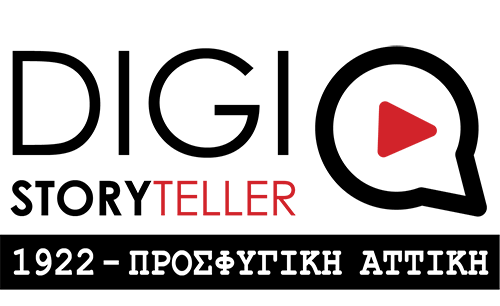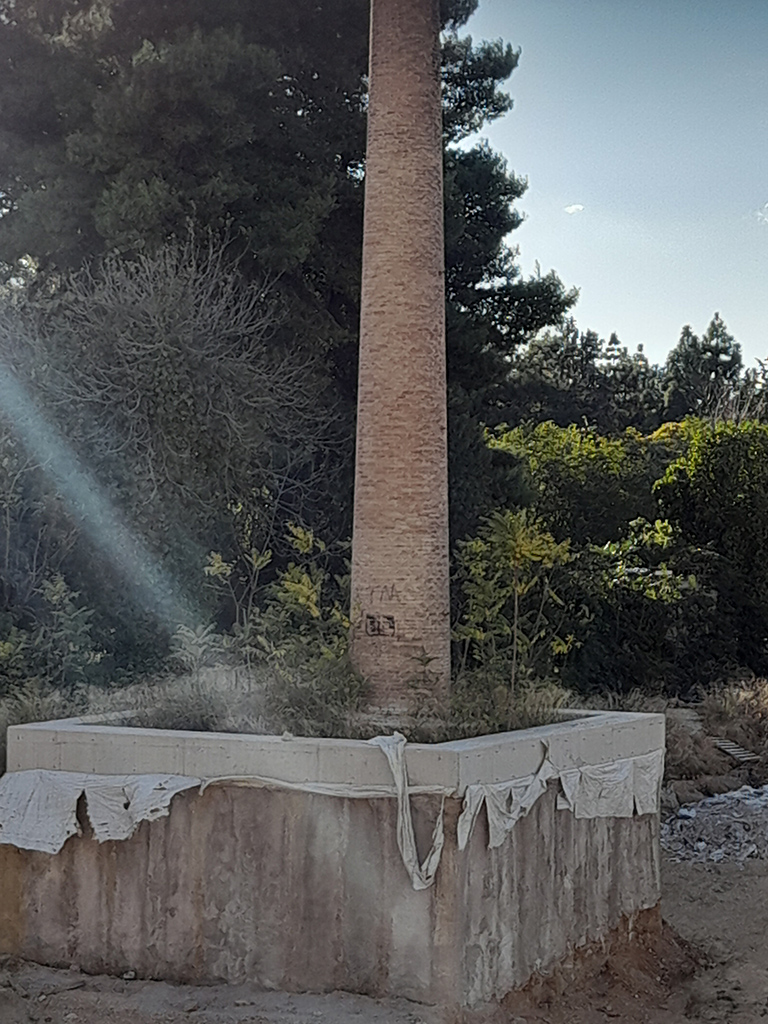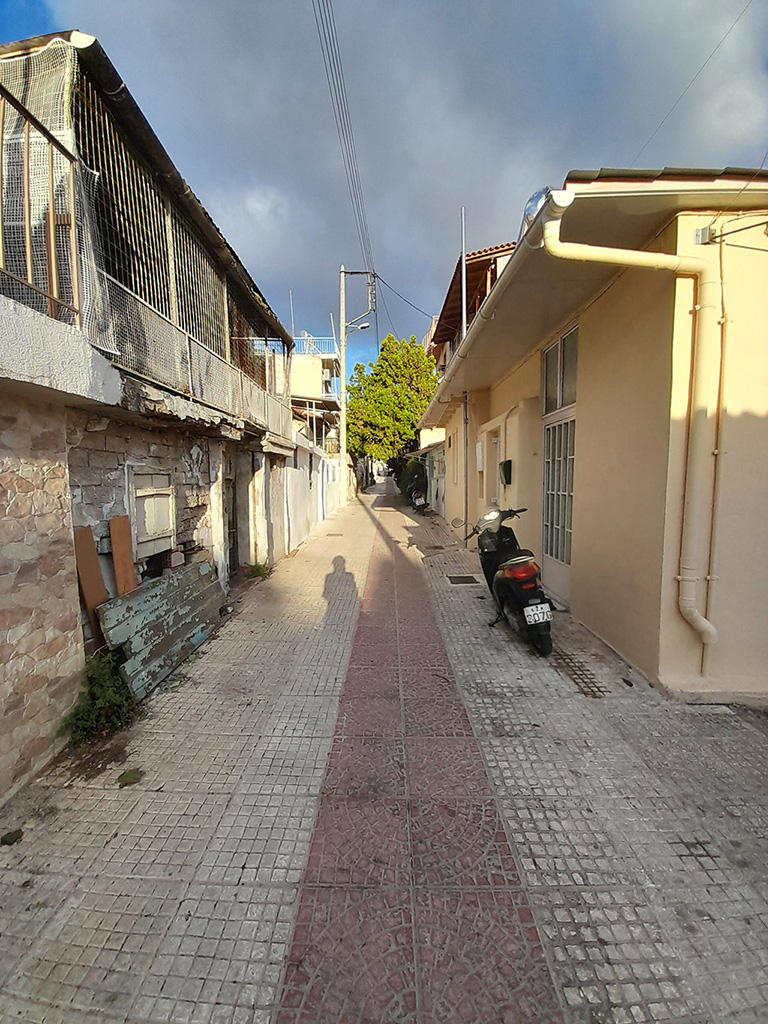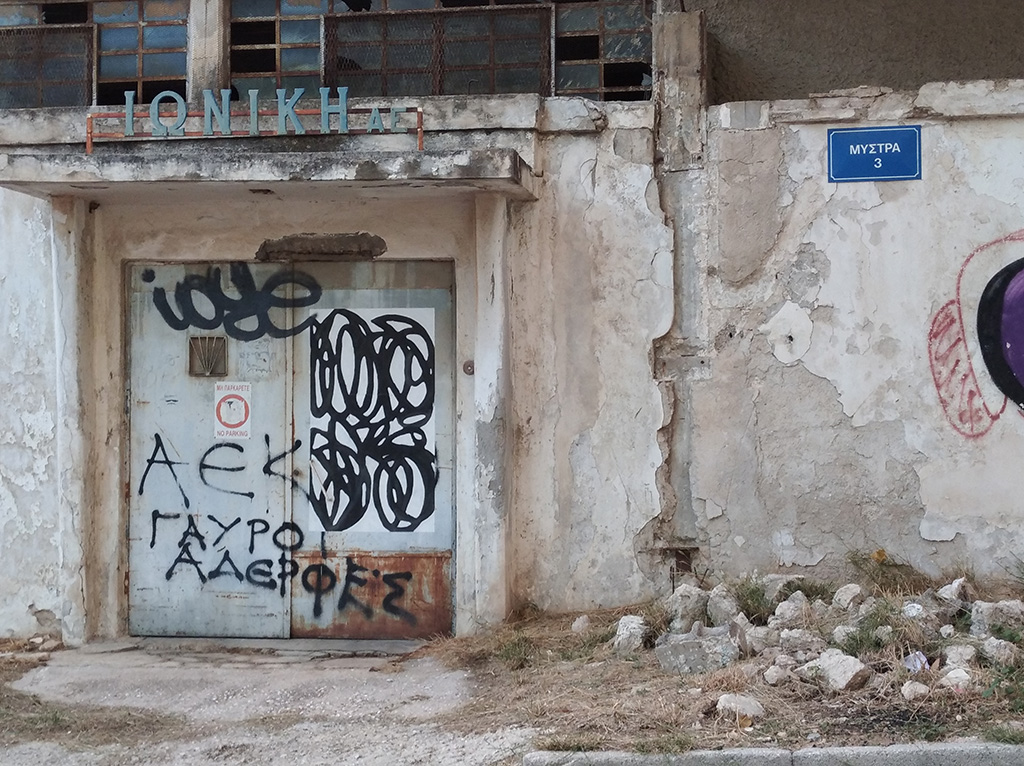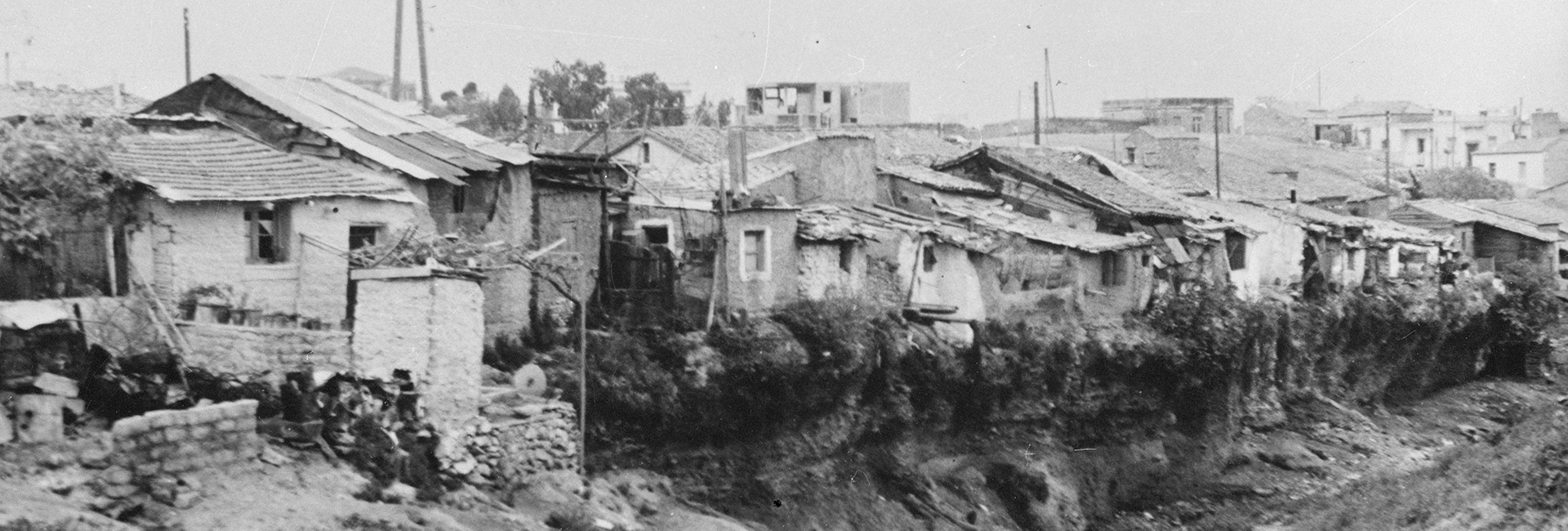
Kaisariani
May 17, 2023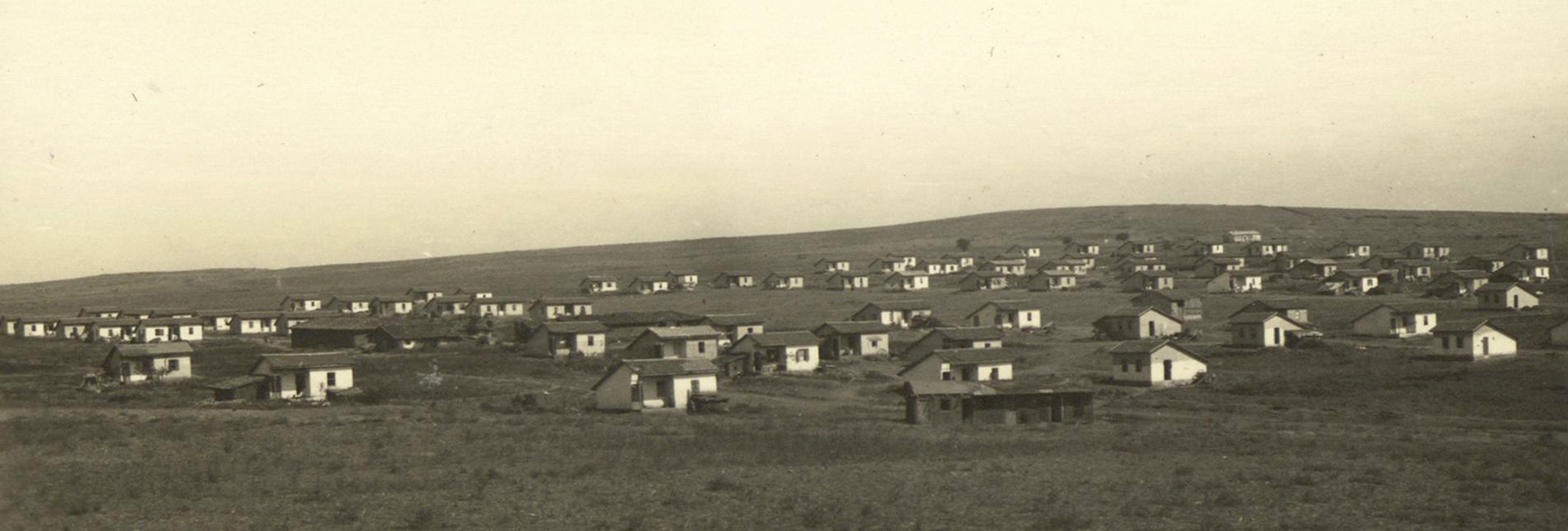
Nea Filadelfeia
May 17, 2023Nea Ionia
The foundation of Nea Ionia dates to 1923, shortly after the arrival in Greece of refugees from Pisidia in Asia Minor. The choice of the site is not accidental. The area of Podarades, as it was then known, with its many streams is ideal for the development of carpet-weaving activity, in which the refugees from Sparta of Pisidia, as well as from other areas of Asia Minor, have a particular tradition and experience.
The refugee settlement is established on land purchased by the Refugee Relief Fund from the Holy Sepulchre Community of the Patriarchate of Jerusalem. On June 30, 1923, the official foundation of the settlement takes place. Despite initial efforts to emphasize the inhabitants' connection with Sparta and Pisidia, the over-generalized (and partly inaccurate) name “Nea Ionia” will prevail. By December 1923, 400 rooms are ready to house the refugees, many of whom continue to live in makeshift facilities and tents. The official inauguration of the settlement is attended by Nikolaos Plastiras and Henry Morgenthau, president of the Greek Refugee Settlement Commission (GRSC).
The population increases with the arrival of refugees from other areas of Asia Minor, a fact that is reflected in the name of the neighbourhoods “Inepoli”, “Safraboli” and “Neapoli”, while the construction of houses continues either by the GRSC or by the refugees themselves. In the 1928 census the population amounts to 16,382 inhabitants. The settlement is organised in two zones: that of the residential area and that of industrial activity, mainly carpet and textile production, which employs, apart from men, many girls and women.
In the nearby Perissos there is already the laundry and dyeing plant of the company “Elliniki Eriourgia”, which, with the arrival of the refugees, establishes also a carpet-making department; later a complete textile complex will be built, the architectural shell of which is still preserved today. The area of Eleftheroupoli, in the heart of Nea Ionia, is segmented into industrial plots of land given to refugee entrepreneurs with the express obligation to build industries within three years. This is how the plants of companies like “Moutalaski”, “Spartalis”, “Styloglou-Efraimoglou” (the forerunner of “Tria Alpha”) and others are established. The global economic crisis of 1929, combined with international competition, will hit carpet production and turn industrial activity towards textile manufacture.
Life and work conditions are not easy, and to the political conflicts of the mid-war period are added those of the workers’ movement and industrial action. At the same time, the population grows and by the early 1930s it exceeds 23,000. In 1934, Nea Ionia, like other areas (mainly refugee settlements), is detached from the Municipality of Athens and becomes an autonomous municipality. The first mayor is Georgios Felekis, a supporter of Eleftherios Venizelos. The physiognomy of the city is now structured along two axes: Nea Ionia is a town of workers and refugees. This dual identity is still discernible today in the landmarks and in the stories of the inhabitants.
